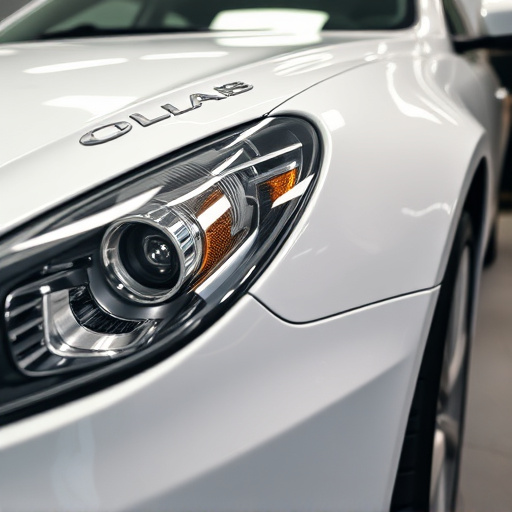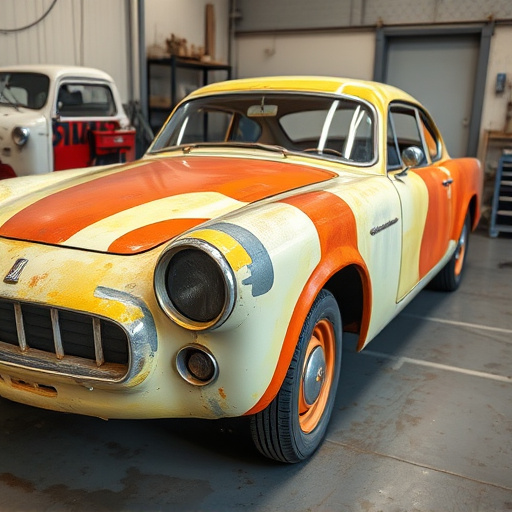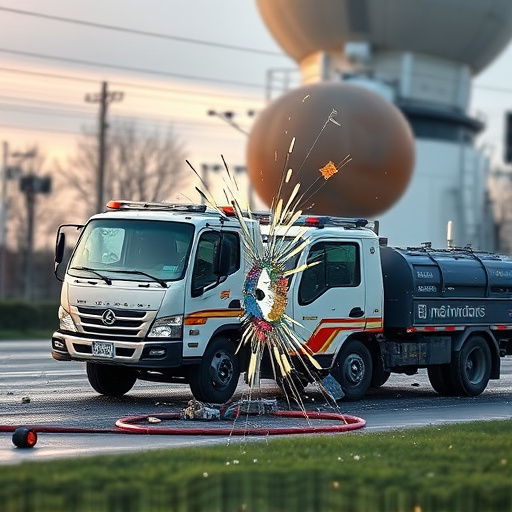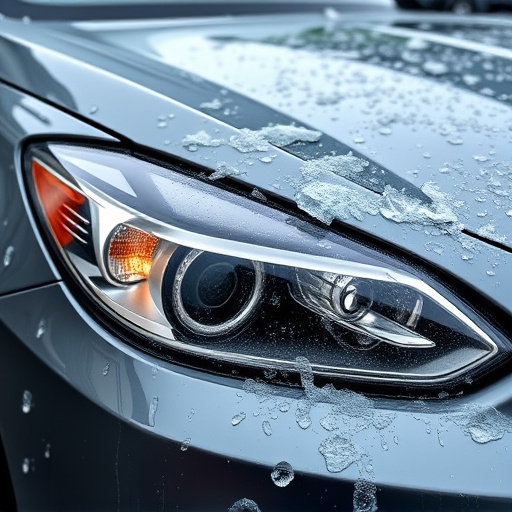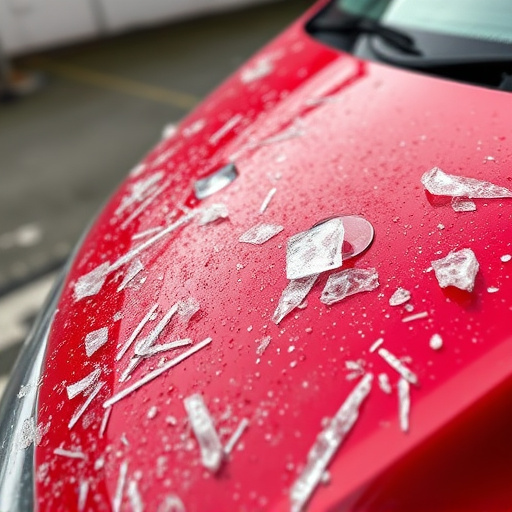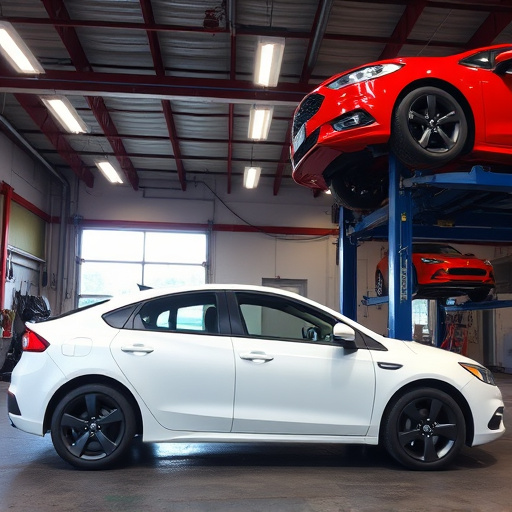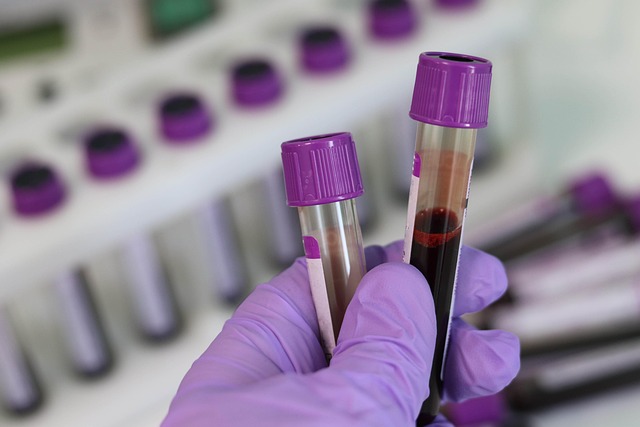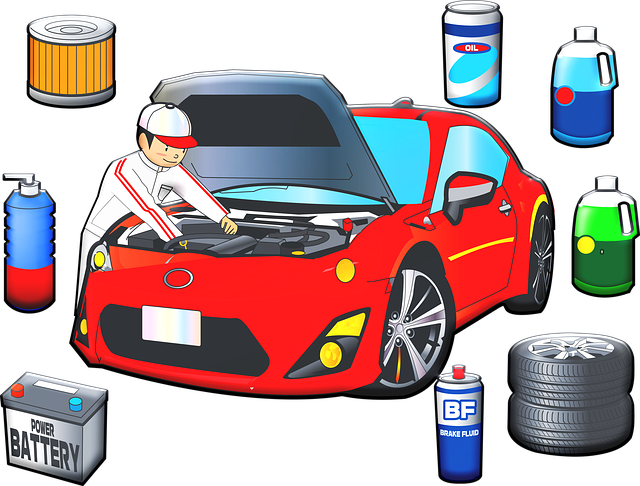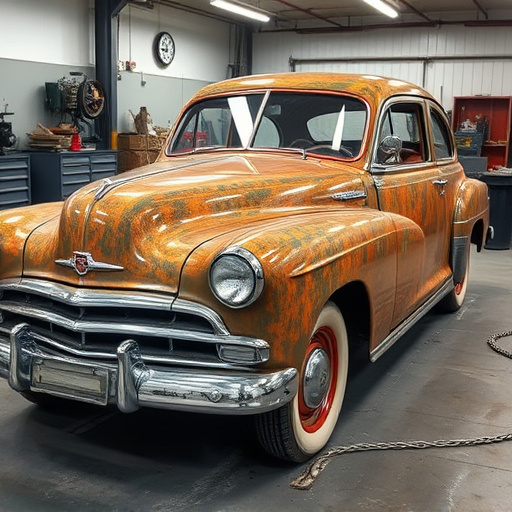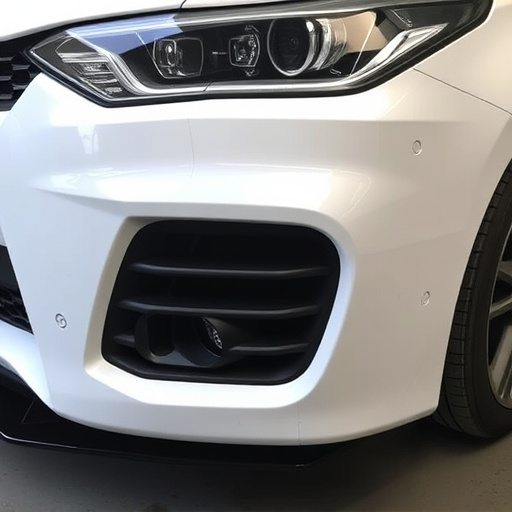After passing a vehicle delivery inspection, review the condition report for damage and plan repairs, ranging from minor fixes at the delivery site to complex collisions transported to specialized centers. Address common issues like scratches and bumper scuffs promptly using professional car scratch repair and bumper repair services to maintain vehicle quality and value.
After passing your vehicle delivery inspection, what comes next? This comprehensive guide breaks down the post-inspection process, offering valuable insights into understanding and navigating the steps that follow. From procedures to take immediately to common issues and their resolutions, you’ll be equipped with the knowledge needed to ensure a smooth transition for your vehicle. Learn how to maintain compliance and keep your vehicle in top condition after inspection.
- Understanding Post-Inspection Procedures
- Next Steps After Passing Inspection
- Common Issues & Resolutions Post-Check
Understanding Post-Inspection Procedures
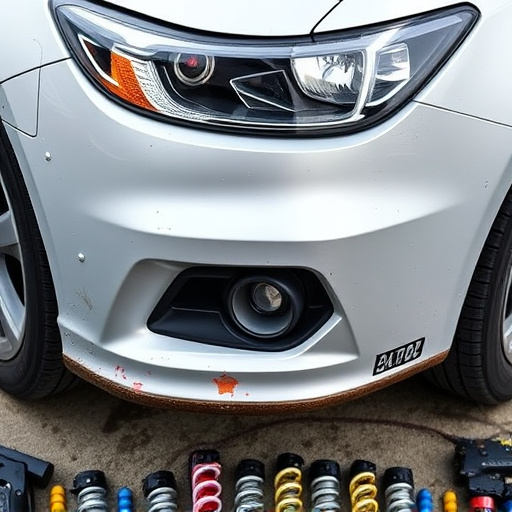
After passing your vehicle delivery inspection, understanding what happens next is crucial. The initial excitement of completing the inspection should be followed by a clear knowledge of the post-inspection procedures. This typically involves a detailed review of your vehicle’s condition report, highlighting any existing damage or issues noted during the inspection process.
If your vehicle requires any repairs, such as bumper repair or collision center services, you’ll receive guidance on these steps. The repair process can vary depending on the severity of the damages; some minor fixes might be done at the delivery location itself, while more complex collisions will require transportation to a dedicated collision repair center for specialized attention. Remember, being proactive and informed about post-inspection procedures ensures a smoother transition into ownership.
Next Steps After Passing Inspection
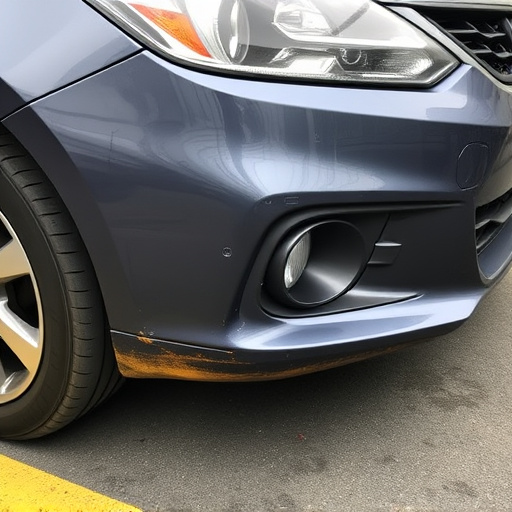
After successfully passing your vehicle delivery inspection, there are several crucial next steps to ensure a smooth transition into ownership. Firstly, review any recommendations or notes provided by the inspectors. This may include suggestions for maintenance, repairs, or upgrades, such as fixing minor dents or replacing worn-out components. These issues could have been identified during the inspection process and addressing them promptly can help maintain your vehicle’s condition.
Next, if needed, arrange for additional services like a vehicle body shop or car repair shop to handle more complex repairs. This might involve scheduling appointments with specialized technicians who can expertly fix structural damage, mechanical issues, or perform detailed body work. Once all necessary repairs are complete and any recommended maintenance is carried out, you’ll be ready to hit the road with confidence, enjoying your newly inspected and potentially enhanced vehicle.
Common Issues & Resolutions Post-Check

After successfully passing your vehicle delivery inspection, it’s important to be aware of potential common issues that may arise and have them resolved promptly to maintain the quality and value of your car. One frequent concern is damage, such as car scratches or bumper scuffs, which can detract from the vehicle’s overall appearance. Thankfully, professional car scratch repair and bumper repair services are readily available to address these issues effectively.
Prompt action on these matters not only preserves the car’s aesthetic but also ensures long-term resilience against further damage. Many delivery inspections uncover minor body work concerns that, if left unaddressed, could escalate into costlier repairs down the line. Therefore, considering reliable car bodywork services for timely repairs can save you money and maintain the integrity of your vehicle.
After successfully passing your vehicle delivery inspection, understanding the subsequent procedures and next steps is crucial for a smooth transition. By addressing any common issues promptly and leveraging resolutions effectively, you ensure that your delivered vehicle meets high standards. Stay informed about post-inspection processes to maintain optimal vehicle condition and avoid potential problems down the line.

